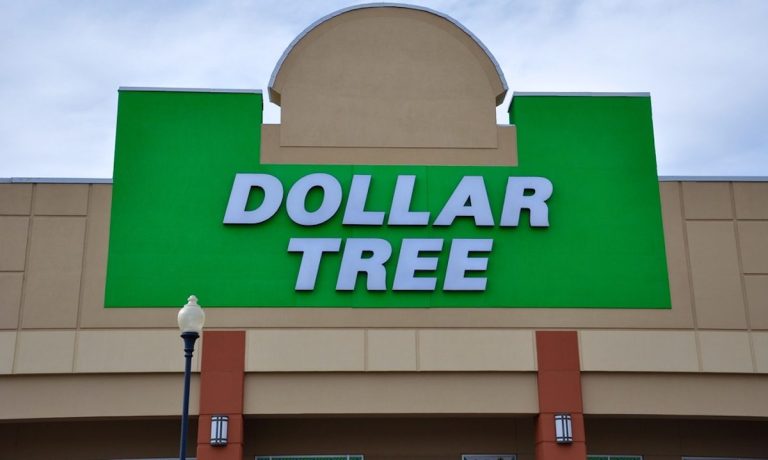
It doesn’t exactly roll off the tongue: “the $1.25 store.”
But such is fate in the trenches of discount retailing these days, where the worst inflation in 30 years — coupled with increased shipping and wage costs as well as supply constraints that have sharply reduced inventory — calls for drastic action.
Taken together, this confluence of factors has forced Dollar Tree stores to rethink the very model that put it on the map in the first place and has fueled the exponential 35-year growth of its store base since the mid-’80s.
After a few months of pilots and research, the Virginia-based parent company of over 15,000 Dollar Tree and Family Dollar stores announced it was moving forward with its increased pricing strategy.
“Our Dollar Tree pricing tests have demonstrated broad consumer acceptance of the new price point and excitement about the additional offerings and extreme value we will be able to provide,” CEO Michael Witynski told analysts and investors alongside its third quarter earnings report. “Accordingly, we have begun rolling out the $1.25 price point at all Dollar Tree stores nationwide,” he added, insisting that the move was part of a long-term strategy rather than a reaction to current market conditions.
See also: Dollar Tree Makes Higher Price Point Permanent
Rivals Take Note
Of course, nothing in retail happens in a vacuum, and only long-term results will validate how consumers actually feel about Dollar Tree’s decision to “break the buck,” so to speak, but it is certainly the kind of move that is likely to garner a competitive response — or, more specifically, a competitive non-response in the form of not passing along higher costs.
The obvious place to look first would be Dollar General, which so far has stayed quiet about the move. Whether that tight-lipped response is also echoed by low-price rivals such as Walmart, Costco, BJ’s, Big Lots and more remains to be seen, but the Arkansas-based box store giant has already made clear during its recent earnings report that it plans to “invest in pricing” as a way to win market share.
“Our unit growth in grocery is growing faster than dollars, and that’s our position we’d like to stay in as long as we possibly can,” John Furner, president and CEO of Walmart U.S., told analysts last week during the company’s Q3 earnings. “We want to keep prices low for customers all across the business, and we’ll be the last to go up [in price].”
Creative Alternatives to Price Increases
The dollar discount stores are keenly aware of the pricing and competitive pressures that they face, and are still moving forward with aggressive store expansion plans — specifically aimed at smaller communities with few shopping alternatives, which can make price comparison or brand switching more difficult.
While Dollar General has been forthright about its pricing increase intentions, other retailers may choose to take a less obvious approach. For example, many retailers — particularly grocery stores — are already using creative ways to mask inflation, such as offering smaller containers and portions at the same price, reducing discounting and selling more merchandise at full price, or bundling products and offers differently to create a sense of value and urgency.